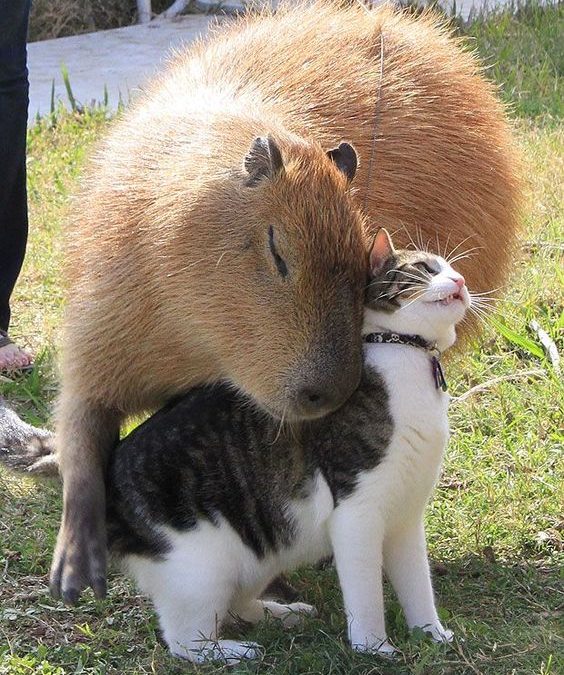Table of Contents
Pet Capybara, Things You Need to Know Before Owning One as Pet
When first learning about capybaras, most people are either repelled or intrigued. Those who belong to the latter are tempted to get a capybara as pet. This of course, leads to an inevitable question of cost; how much does capybaras cost? How much does it cost to own a capybara? For the first question, capybaras are exotic pets, and most online traders list them for $500 to $1000 USD. The older ones are cheaper, while the younger are more expensive. Should you decide to get one straight from Brazil, then it may cost you around $5000 USD.
For the second question though, owning a capybara is like owning a pedigreed dog. But the cost is just the tip of the iceberg. The process of getting and owning requires patience and commitment.
Getting Your Capybara
There are still very few capybara breeders in the U.S., which means you may be put in a waiting list before one can become available. They’re sent as cargo, and shipping of course adds to the purchase cost. Also, not all capybara breeders ship, and even the ones who do will hesitate to send you if the weather is not conducive for the animal to travel. Thus, you may need to go straight to the breeder to get your capybara.
Not all airlines will also allow rodents to be in their cabin, which means they may need to travel in the hold of the plane, along with the big dog. This can be dangerous, especially when travelling in a cold weather as they may acquire pneumonia.
After Getting Your Capybara
The first and most important thing you need to do the when you have acquired your capybara, is to take it straight to the vet for a general checkup. You will need to take your rodent back after six months. Of course, you need to make sure you find the good vet who will take care and treat your pet.
Capybara-Proofing Your House
As with most rodents and house rabbits, capybaras chew cords and wires. This can be dangerous for both you and your animal, not to mention it can endanger your house as well. Thus, you definitely need to rodent-proof your house. You need to get a variety of dog gates and baby fences to keep them within sight. You also need to setup a potty bowl in your bathroom for the capybara to poop, and they poop around five times a day. If would be better though, if you can dedicate a place for your pet.
Capybaras aren’t just cute; they’re pretty tidy as well. Of course, you can’t totally erase risks of accidents. Thus, it’s always good to dedicate a place for them outdoors.
Feeding Your Capybara
In the wild, capybaras graze day and night. So when you feed them, you need to think not just the quantity of grass, but more importantly, the quality. The grass should be herbicide and pesticide-free. During winter, grass will be scarce, so you should feed them with something extra, like bamboo foliage until spring comes.
Capybaras eat at least once a day, and their diet must be supplemented, as grass and bamboo foliage alone will not be enough for their nutritional needs. You can feed them with guinea pig food, and hay. The younger ones need milk, preferably goat milk. Low protein pelleted food, fruits such as apples and pears, and vegetables like lettuce are also good. They also love husk with cub, corn-on-the-cub, potatoes, sweet potatoes, and yams.
Parting Tips
As you can see, having capybaras as pets is not as easy as having dogs. They have different needs, and they require extra care. You definitely need to partner with a trusted veterinarian and willing pet sitters, especially if you’re out of town.






 Author and long-time animal lover. Sharing knowledge on pet care through experience and the written word.
Author and long-time animal lover. Sharing knowledge on pet care through experience and the written word.